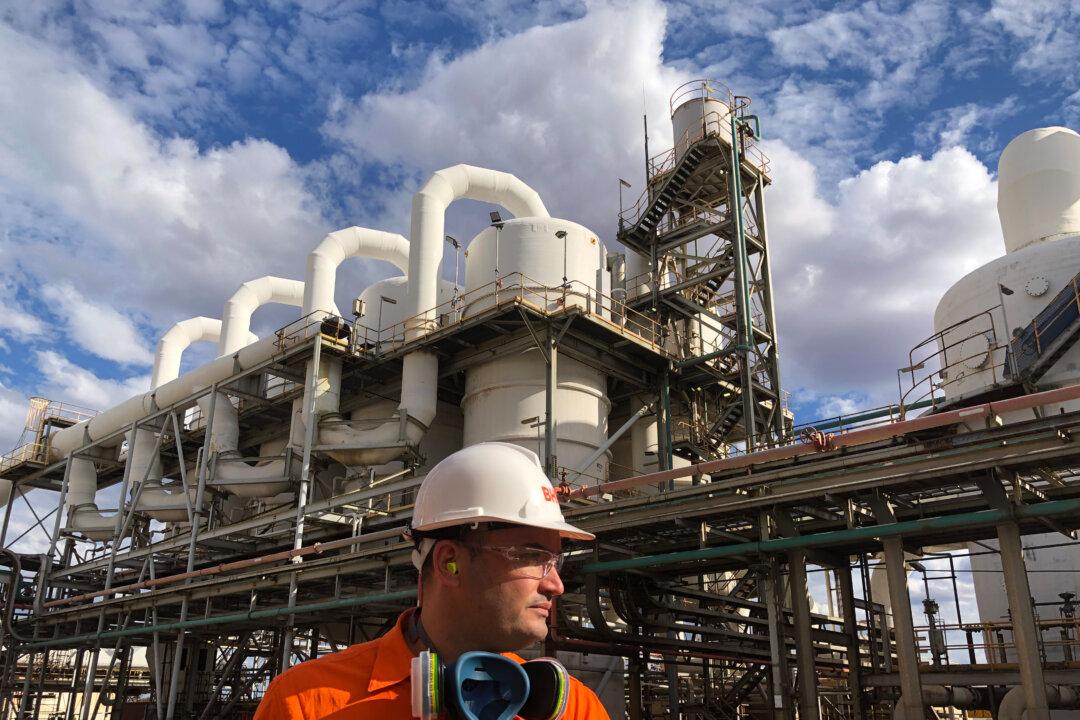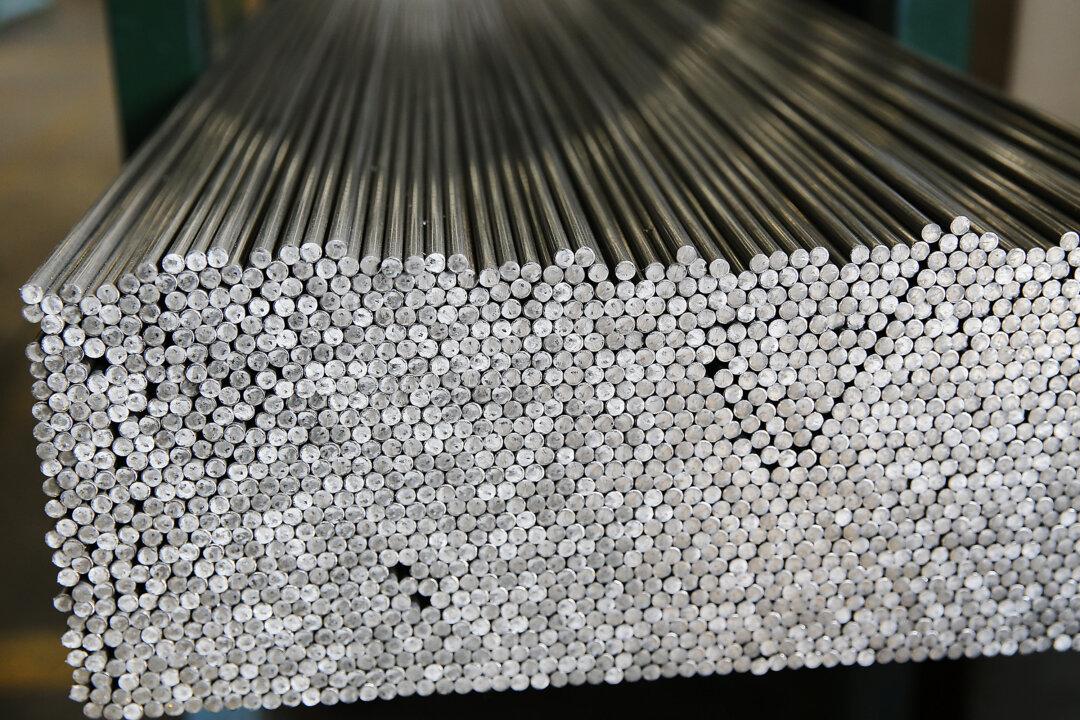Mining giant BHP will collaborate with the Steel Authority of India Limited (SAIL) in decarbonising steel production, which will involve considering alternate reductant such as hydrogen and biochar for blast furnaces.
SAIL, India’s largest state-owned steel producer, is exploring technology and abatements on its blast furnace in line with the country’s target to decarbonise its steel industry.




